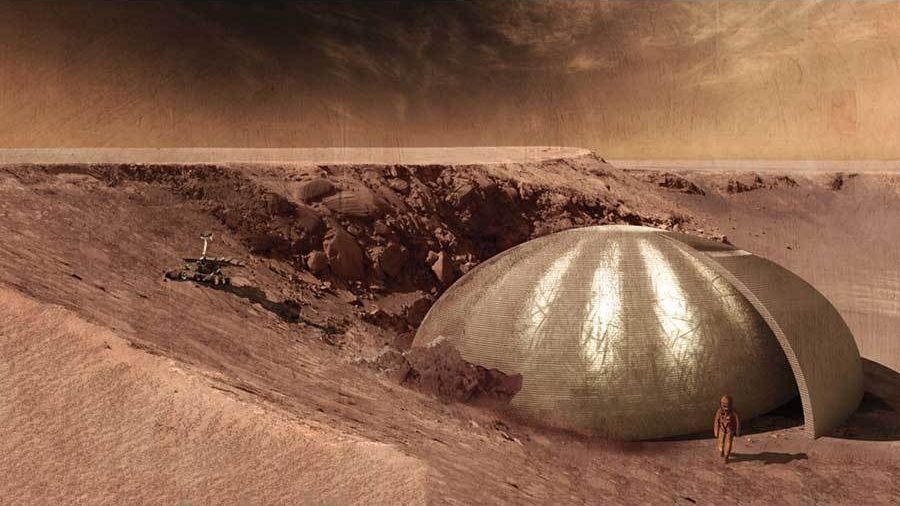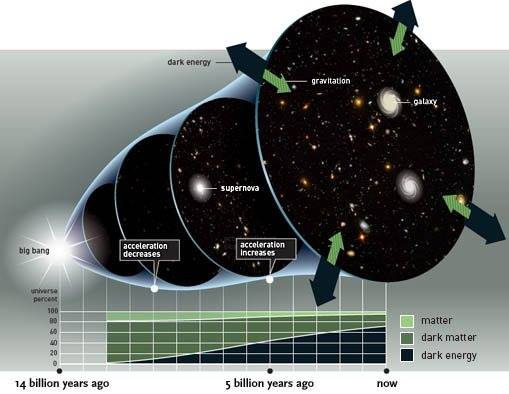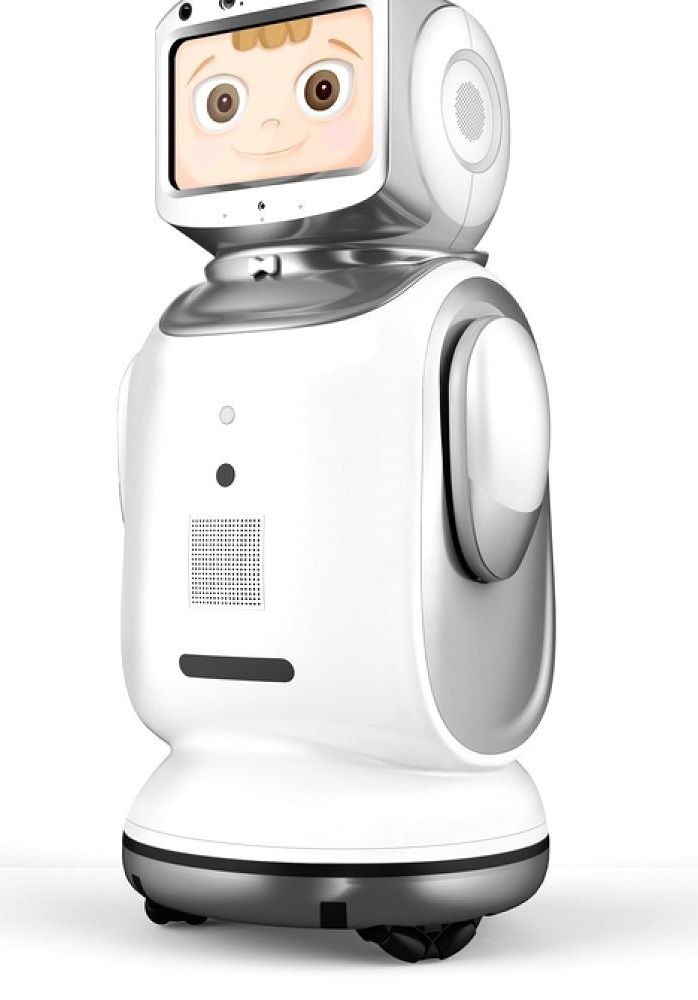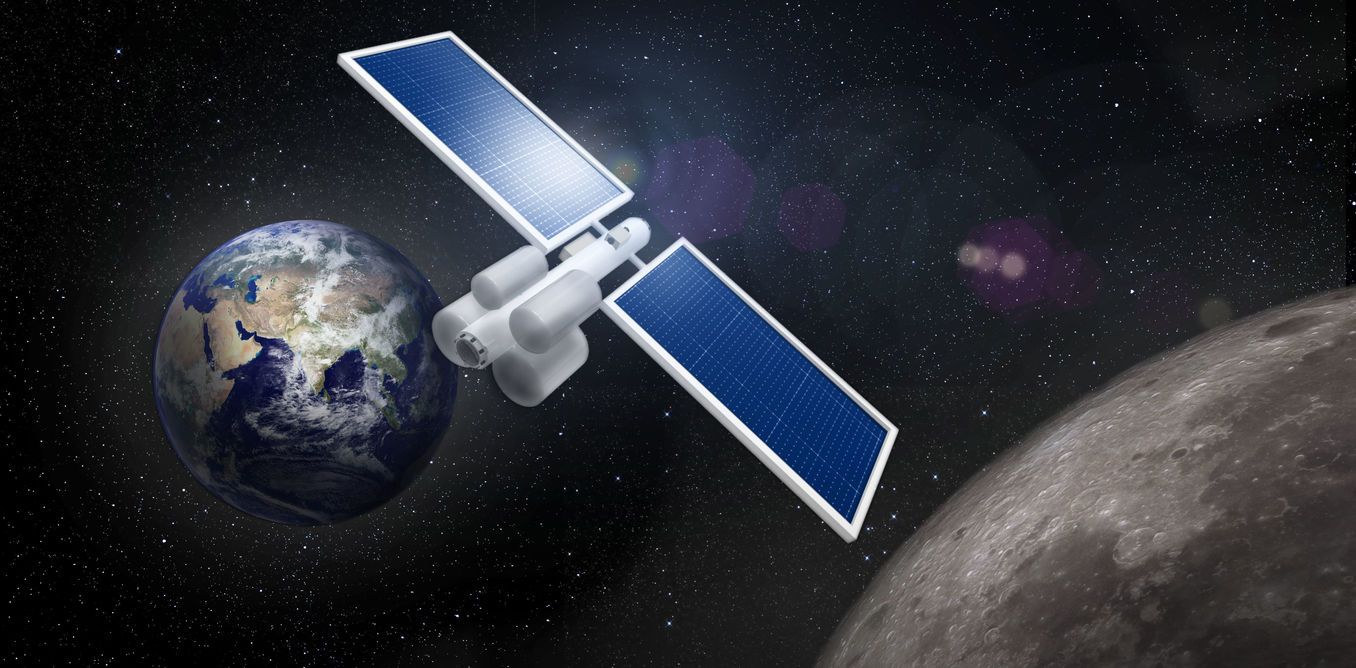Page 10153
Aug 31, 2017
3D Printing Buildings on Mars Has Lessons for Back on Earth
Posted by Klaus Baldauf in categories: 3D printing, habitats, robotics/AI, space travel
At a test facility in rural Illinois, engineers fabricate structural segments for buildings. But instead of using typical assembly techniques, here at this dirt-floor arena with tightly controlled conditions, teams employ robotic nozzles to extrude domes, beams and cylinders using material chosen for its similarity to the regolith found on the surface of the planet Mars.
The activity comprises part of the 3D-Printed Mars Habitat Design Challenge, which focuses on how to go about building structures on Mars to eventually house human explorers. It’s a component of the NASA Centennial Challenges, a contest series that solicits the public to solve the practical problems of future space exploration. The third phase of the challenge, underway now, focuses on creating stable structural members using an additive manufacturing process based on basaltic rock geologically similar to what is found on Mars.
“This leg of the competition is focused on the materials, specifically the indigenous Mars regolith,” explains Tony Kim, deputy program manager for NASA’s Centennial Challenge. “All of the teams are approaching it differently.” Previous phases of the challenge focused on conceptual designs for habitats and proof-of-concept 3D-printed shapes. But this showdown emphasizes pure structural strength, as the 3D-printed cylinders, beams and domes will be subjected to loading until they fail.
Continue reading “3D Printing Buildings on Mars Has Lessons for Back on Earth” »
Scientists are considering whether the mysterious “force” accelerating the universe’s expansion changes with time.
Of late there’s been some scientific ado over a small but notable conflict in measurements of the universe’s expansion rate. The present rate, called the Hubble constant or H0 (pronounced “H-naught”), connects the redshift in an object’s spectra to its physical distance. It also tells us the universe’s age and size, as well as the density required to make the universe geometrically flat.
Aug 31, 2017
Meet the $2,800 Amazon Alexa-powered robot that can order you a pizza
Posted by Dan Kummer in category: robotics/AI
An Amazon Alexa-powered humanoid robot could be wheeling its way to a home near you.
Chinese technology firm Qihan launched the Sanbot Nano on Thursday equipped with Amazon’s voice assistant that is featured in its Echo speaker.
The 2.7 foot robot will go on sale in October for $2,800, and will be available in English and German. Those are the languages that Alexa currently understands.
Continue reading “Meet the $2,800 Amazon Alexa-powered robot that can order you a pizza” »
Aug 31, 2017
Untangling Alzheimer’s: From Beta to Inflammation to Tau
Posted by Steve Hill in categories: biotech/medical, life extension, neuroscience
If there was a poster child of aging diseases, it would be Alzheimer’s disease. The brains of people suffering from Alzheimer’s disease have deposits of amyloids resulting from the loss of proteostasis. Alzheimer’s disease is accompanied by the presence of amyloid beta protein and tau protein as well as large numbers of activated pro-inflammatory immune cells.
The debate about which is primary has raged for many years in the research world, and it is still not clear how these three elements combine to cause disease progression. A new study has attempted to untangle the mystery and suggests the order is beta amyloid, inflammation, then tau, and this study identifies new targets for therapies[1].
Aug 31, 2017
This Technology is Turning Scientific Data into Music
Posted by Yugal Agrawal in category: media & arts
Aug 31, 2017
Burning Man keeps Silicon Valley fired up
Posted by Derick Lee in category: media & arts
Unlike other festivals, everyone at Burning Man is expected to participate. With no vendors, attendees have to rely on each other’s skills and their own packing to survive. Drugs, art, music and orgy tents encourage Burners to push boundaries, just as start-ups defy laws and cultural norms.
Aug 30, 2017
Mining the moon for rocket fuel to get us to Mars
Posted by Klaus Baldauf in category: space travel
To get us to Mars and beyond, a team of students from around the world has a plan involving lunar rovers mining ice and a space station between the Earth and the moon.
Aug 30, 2017
Researchers Develop Microscopic RFID Chip to Embed in Human Cells
Posted by John Gallagher in categories: biotech/medical, computing, health
The smallest chip the team has developed so far measures 22 microns (about a fifth the thickness of a human hair), which they plan to test reading with a specialized RFID interrogator.
By Claire Swedberg
Tags: Health Care, Innovation, Sensors
















